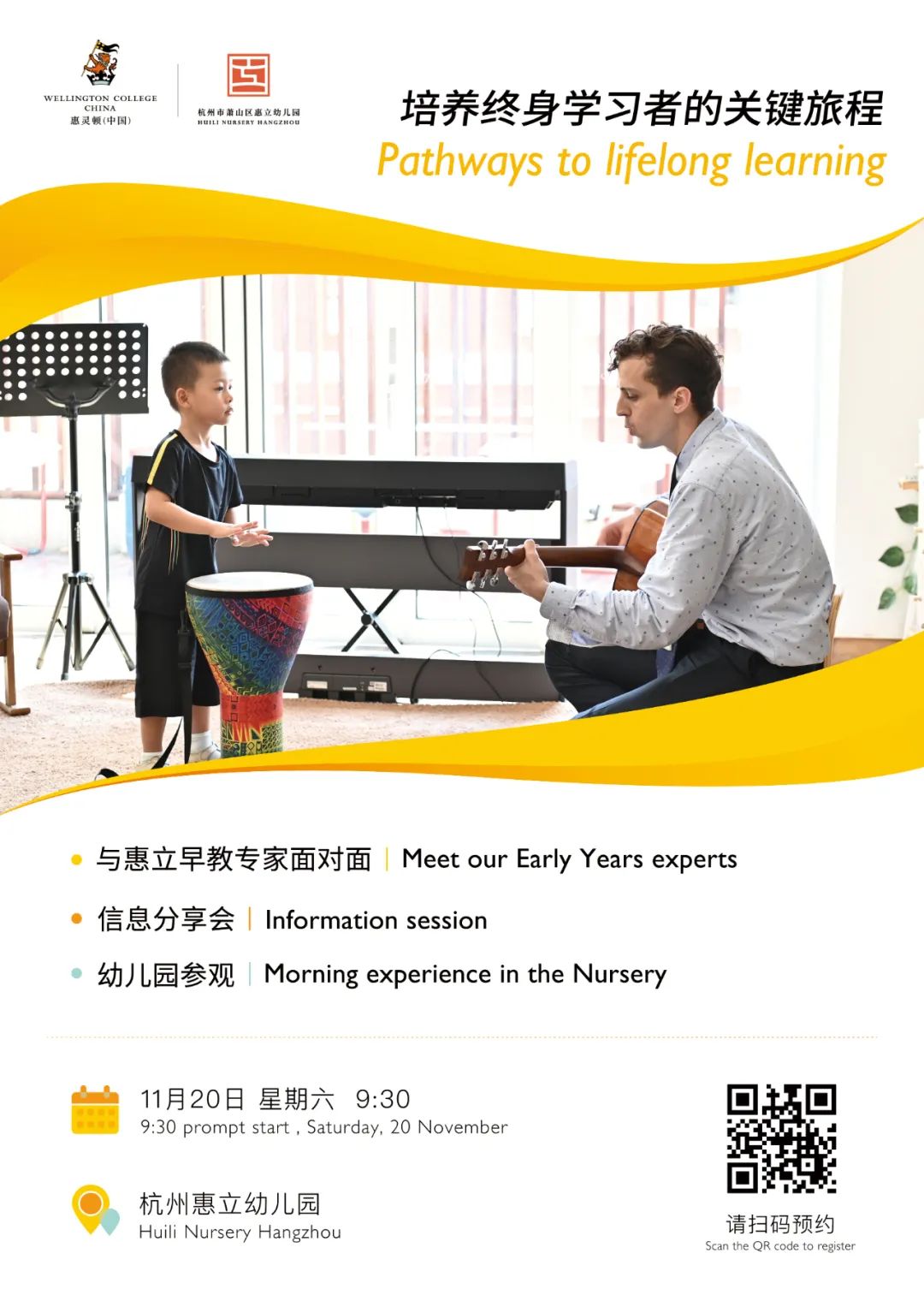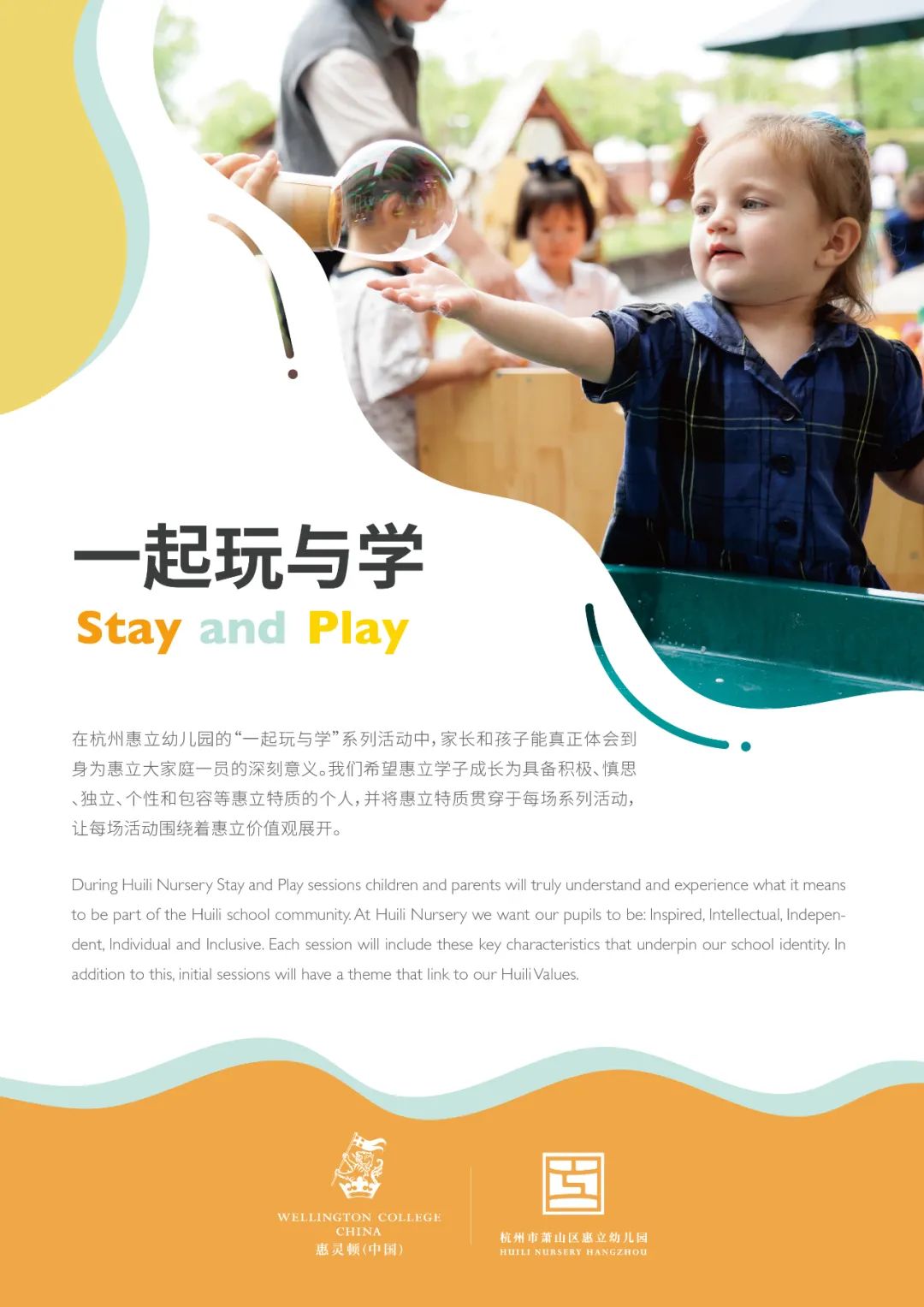
Rob Spillane
Early Years Year Group Lead
Class Teacher
At Huili Nursery Hangzhou, we use ongoing formative assessments to ascertain the children’s knowledge and understanding in the different areas of learning. Using various methods, such as observations and guided questions, teachers watch children in their daily lives, how they interact with others, how they play, how they learn. They will also ask parents how they are at home. It helps everyone to build up a picture of the child.

Each year when the children start Nursery, we undertake a baseline assessment of their knowledge. It lets each teaching team know where the child is in their learning journey as a snapshot, right at the beginning of the year, enabling teachers to work out the next steps in their learning.
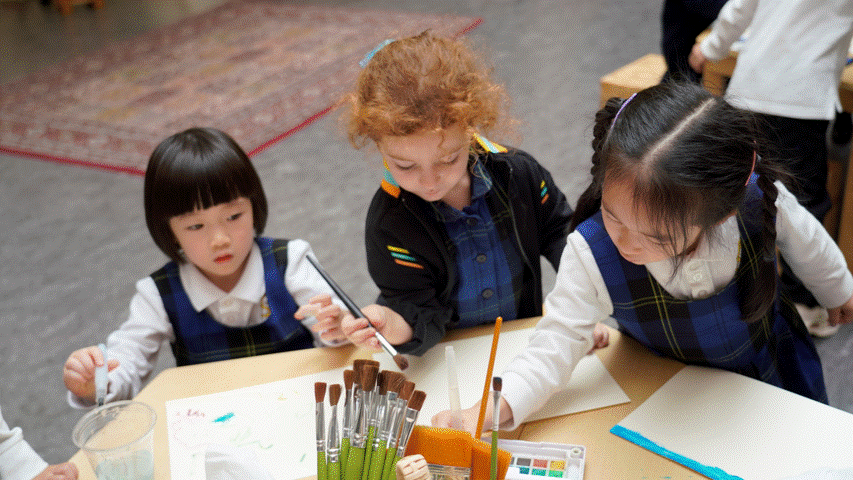
Teachers must observe each child and listen to how they speak to ascertain all of their incredible knowledge. Each teacher begins to learn more about the children. We use our school assessment criteria to ensure we meet the guidelines of the Chinese national curriculum and the Huili bilingual model.

Each term, we have an assessment window where each teacher will use observations and discussions with the children to inform them where each child is on their learning journey.
The teachers constantly use this assessment data to ensure that each child is challenged and pushed to grow and further stretch their knowledge. Throughout the year, teachers will respond to the needs of the children based on their assessment data, providing more writing opportunities, enhancing literacy provision and introducing new resources and skills for the children to use and learn.
How is this reflected in each year group?

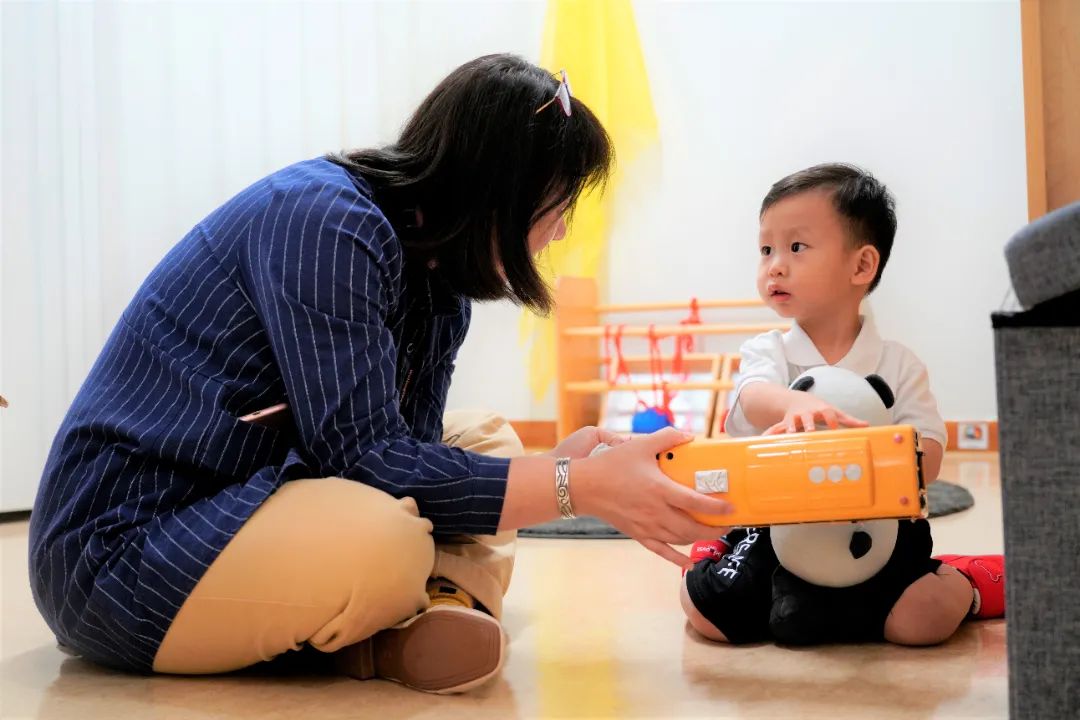
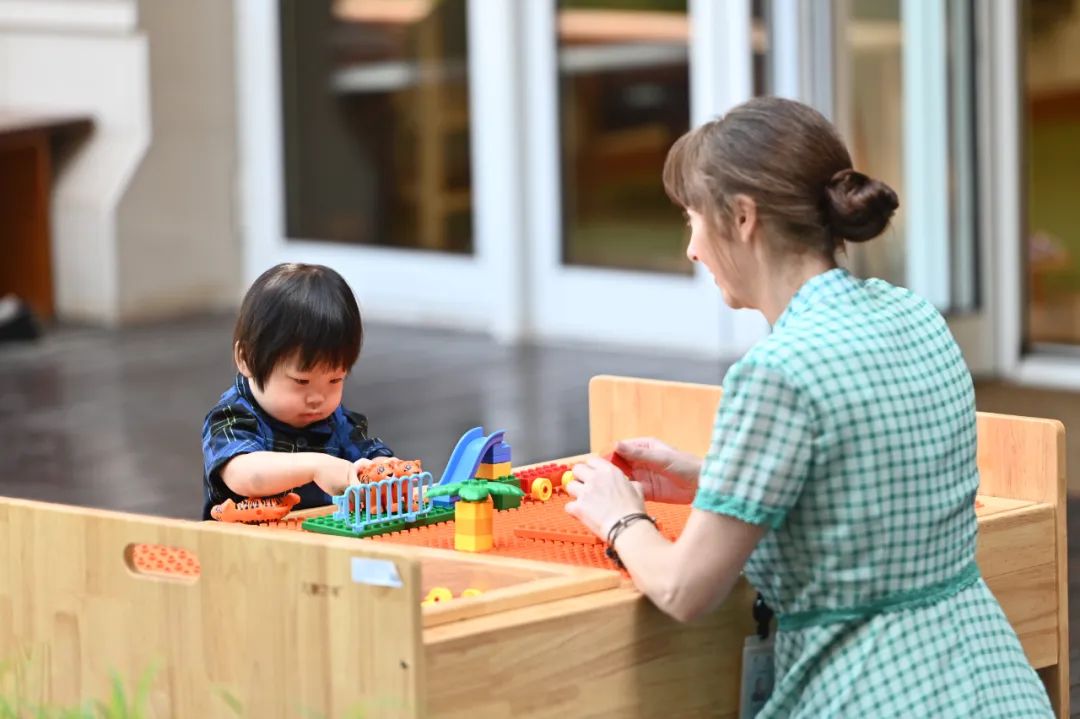
EY 1 children have been having a wonderful time exploring the outdoor area, but some of them are apprehensive about entering the mud kitchen. The teachers can guide them forward in their exploration and observe how they interact with the space. The teachers have identified a need to develop the children’s confidence to try new things. They can then respond to the children’s learning needs by showing them how to play in the water and what they can do. They can then continue to observe the children identify new next steps.
EY2 children are becoming more interested in making marks as they are exposed to literacy through books and their environment. Teachers observe how the children engage with literacy materials. For example, the children are encouraged to represent their names. Teachers can then identify if a child is confident at holding their pencil. Activities can be set up to support gross and fine motor skills development to strengthen muscles ready for writing in the future.
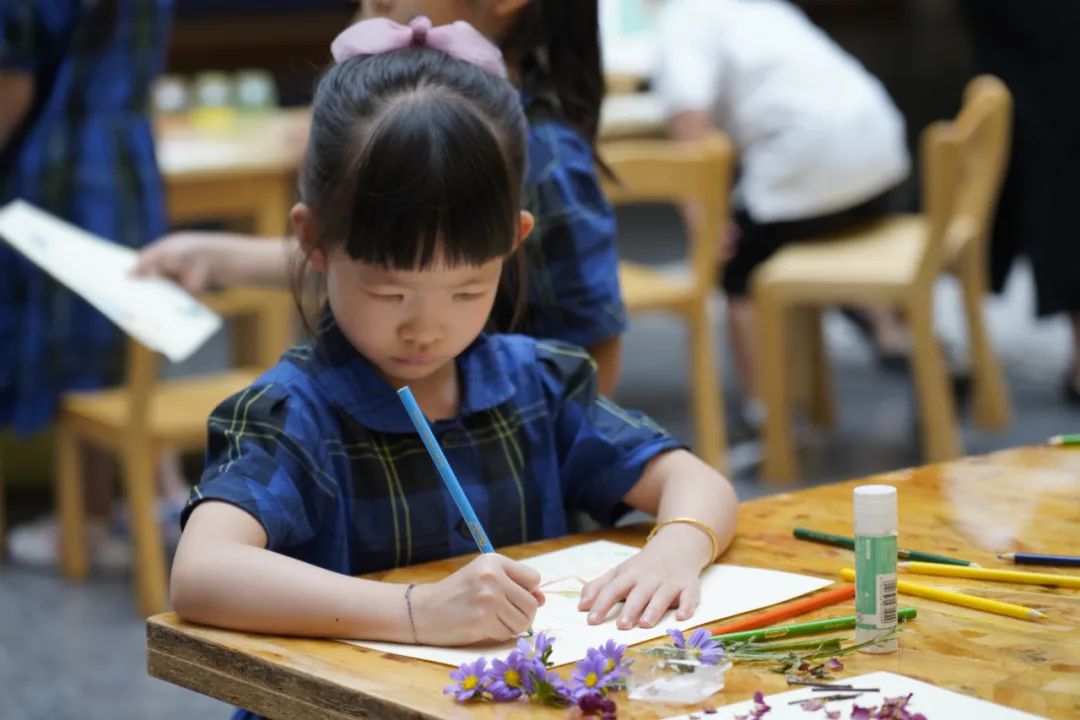
As the EY3 children begin to learn and develop their recognition of initial sounds, they must be assessed regularly to ensure they are being challenged at a pace that suits them. For example, if a child cannot hear sounds correctly, they will not be able to identify and learn new sounds. Therefore, teachers use their ongoing assessments to challenge children appropriately with intentional teaching to support development in the areas individual to each child.
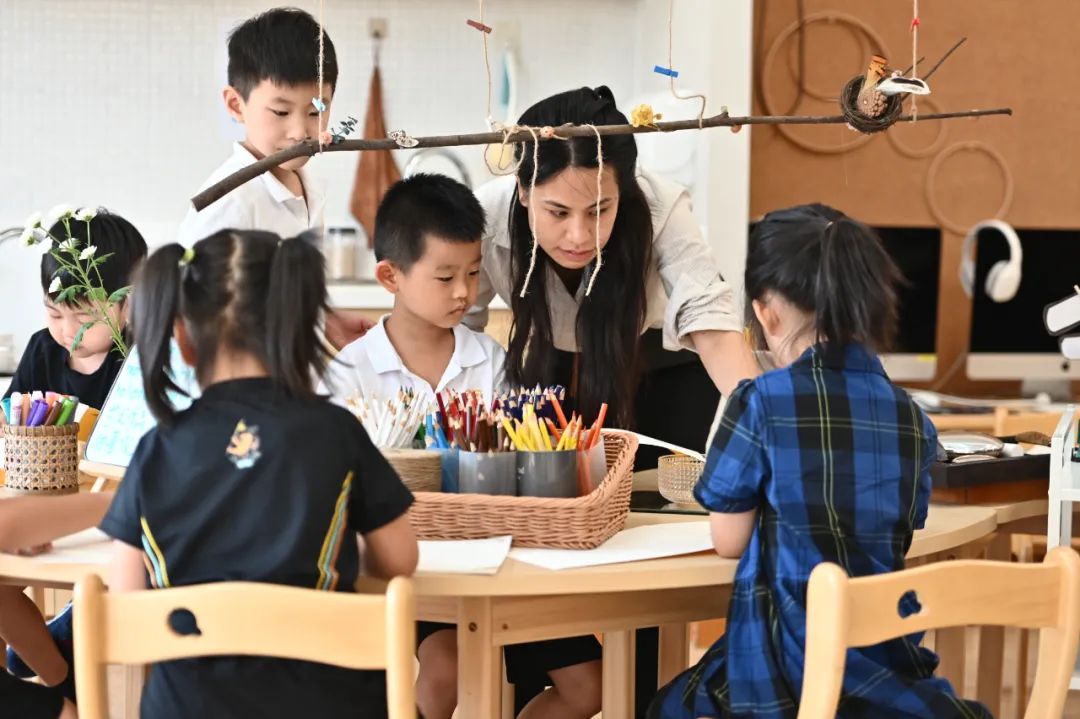
EY 4 children’s understanding of English continues to develop, and now they need to gain confidence in using their language skills. Through ongoing assessment, teachers engage children in discussions during carpet times and in their independent play to ask children questions and support their language. This encourages children to use their speaking more during explanations. In addition, the teachers introduce interesting provocations that help the children’s speaking and link to other areas, including understanding the world and literacy.

These are only single snapshots narratives of an observation a teacher might make in practice. Many of these observations go on each day and help us build a picture of your child and their understanding so we can take the following steps.
Teachers can support our children best when we know as much as possible, including critical learning at home. Just as we share current happenings and learning at school, please share with class teachers what you are doing at home so we can keep our home-school connections strong and facilitate the learning of our children in the best and most effective way.

